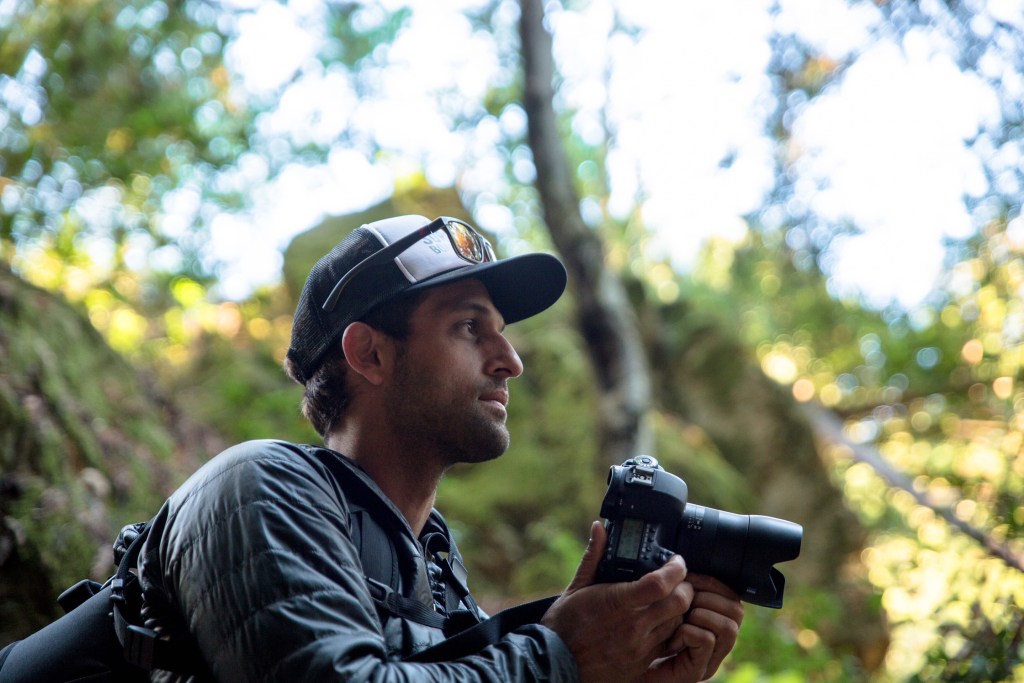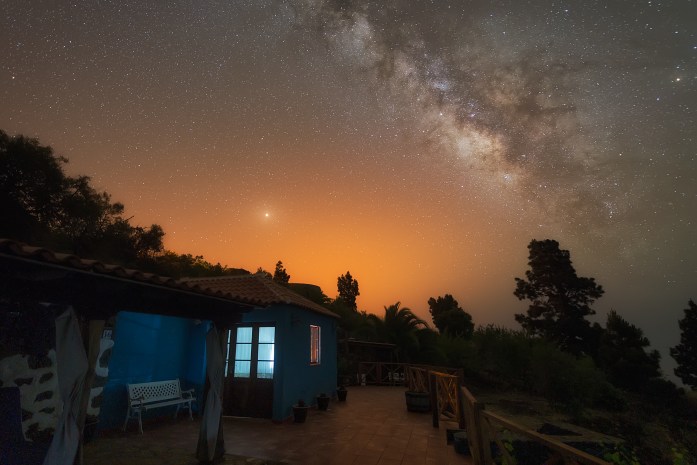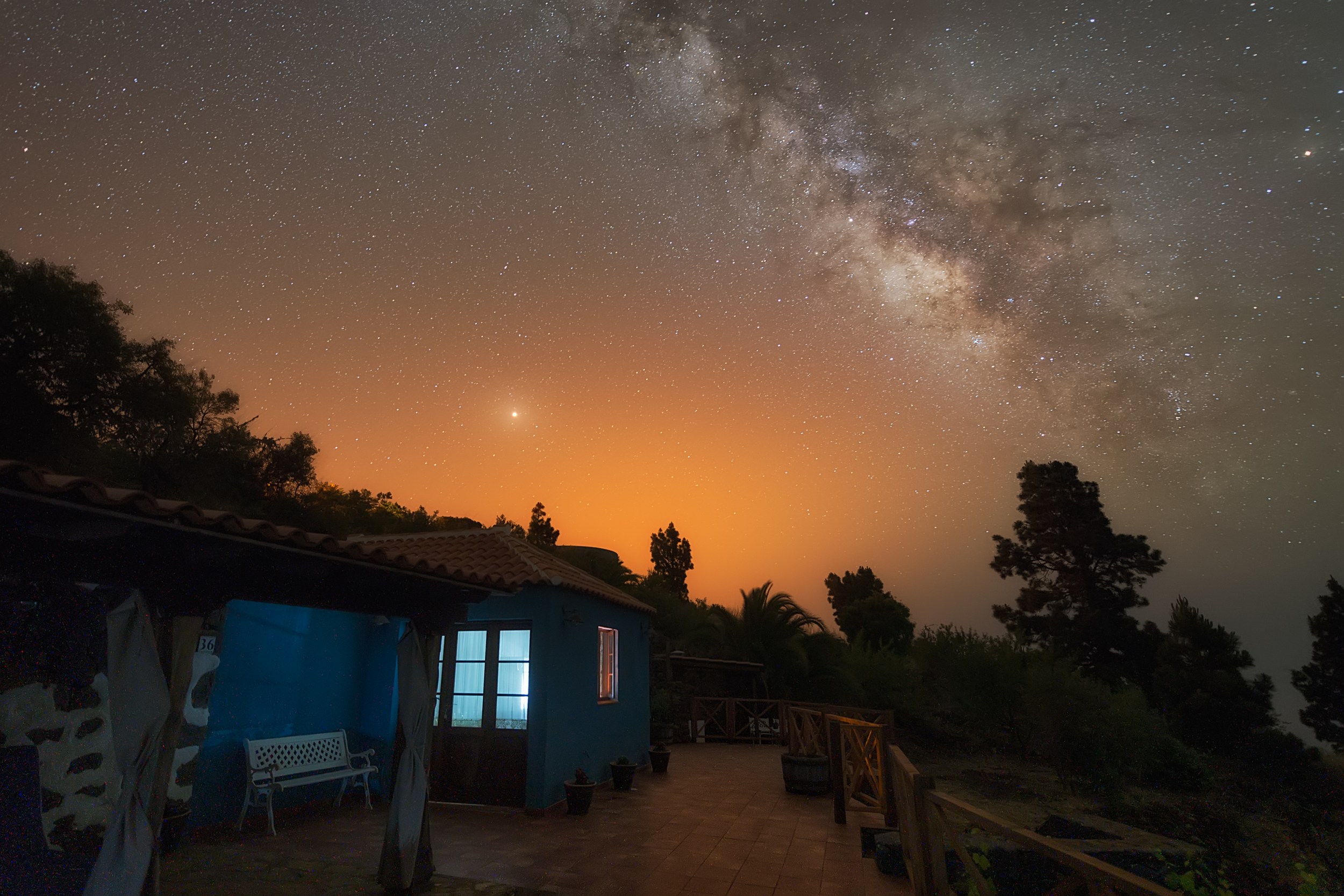As a “blood moon” lunar eclipse and the Red Planet are about to take over the night sky, Airbnb has seen an emergence in astrotourism with a spike in travel connected to astronomical events and destinations known for stargazing. Tonight, everyone around the globe has a chance to witness Mars at its closest to Earth as a tiny red dot gracing our skies, and for many regions outside of North America, stargazers will be able to admire the century’s longest lunar eclipse.
For astrotourists interested in not just seeing, but capturing this rare event, both experienced and amateur photographers have the chance to shoot this marvel like the pros. Airbnb Experience host and professional outdoor adventure photographer, Ben Horton, leads an astrophotography Experience in Joshua Tree where guests head out to the best landscapes for photographing beautiful images of the night sky. As many aspiring astrophotographers take their skills outdoors this weekend, Ben is sharing his top tips for shooting the night sky:

1. Finding Ideal Conditions
Look for “dark zones” with minimal ambient light. The closer you are to a city, or if the moon is bright and in the sky, the ambient light will wash out the stars. If you have to shoot with the moon in the sky, be sure to shoot directly away from it so that you don’t have a “wash” effect on one side of the frame or the other.
2. Settings
Every camera, lens, combination thereof, and every setting will be different. Modern cameras can shoot amazing photos at ISO 3000, but older cameras may only work up to ISO 800 before the grain overpowers the stars. A good place to start for either though, is to set the ISO at 2500, shutter speed of 15 seconds, and an aperture of F2.8. See what you’re getting, and then just adjust from there.
3. Equipment
I shoot with the Sony A7rii; its low light capabilities are incredible, and the larger sensor captures more detail, and thus more stars. Equally as important as the camera you choose is the lens. My favorite lens for landscape astrophotography is the 16-35mm; it allows for a lot of versatility, is quite forgiving with focus mistakes, and is wide enough to capture large swaths of the sky.
4. Research
Use apps like Photopills or StarTracker to predict what is going to happen, and when. Sometimes I wander around in the day so that I can see the landscape, and set up my frame for later in the evening. It’s so much easier than trying to get a sense of the landscape in pitch black, using a headlamp to try and piece together what is in front of you. With Photopills, I can see exactly where the sun, moon, and stars will be, and when. I’ve planned some images months ahead of time!
5. Break the rule to learn new things.
I love to break the rules of photography because it creates images that very few people have. By framing the moon behind a desert arch, or waiting for clouds to cover it, I’ve gotten some really incredible effects that feel like a combination of a milky-way photo with the sunrise. I learned to do that on a night that I was really disappointed to find that the moon was rising right into the milky way. I put my gear away after a few images, but those images ended up being some of my favorite night photos!

Ben is one of many hosts listing their stargazing Experiences on the platform, including this sampling below:
- Stargazing Evening (Cabo San Lucas, Mexico)
- A Sky Full of Stars (Milan, Italy)
- Night Sky Photography Adventure (Muriwai, New Zealand)
- Astronomical Experience (Artignosc-sur-Verdon, France)
- Learn Astrophotography in the Desert (Joshua Tree, California, USA)
- An Evening of Stargazing and Science (Coogee, Australia)
- Watching the Stars (Seogwipo, South Korea)
- Astronomical Observation from Teide (Tenerife, Spain)
- Shoot the Moon (Santa Monica, California, USA)
- Mauna Kea Stars & Volcano Photo Trip (Kailua Kona, Hawaii, USA)
The Airbnb Press Room is aimed at journalists. All Homes and Experiences referenced on the Airbnb Press Room are intended purely to inspire and illustrate. Airbnb does not recommend or endorse specific Home or Experience listings on the Airbnb platform.

